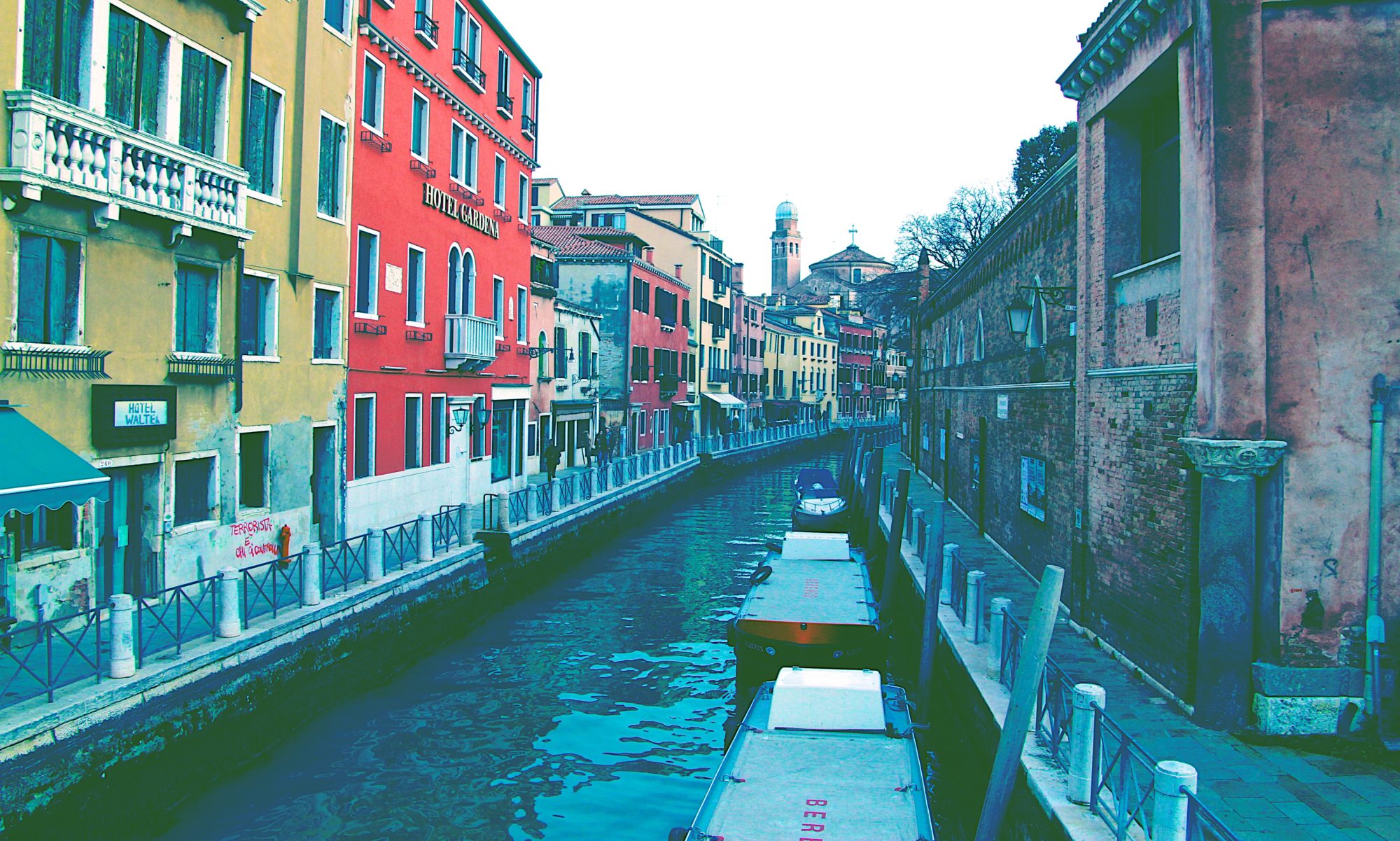It is almost impossible to describe what is the Venice Carnival. There would be too much to say about its history, traditions and events. Take this post as it is: a brief introduction.
Carnival is held every year, during Shrove Tuesday (Martedì Grasso) and Ash Wednesday (Mercoledì delle Ceneri), which is forty days before Easter and during the weekend before.
There are many theories about the origins of the Venice Carnival. Some say its origins derive from the Latin Saturnalia and the Greek Dionysian cults, others say the tradition was born in Venice, also thanks to the custom of masks. Later, it has slowly developed to the modern Carnival.
Masks were used in Venice since the XIII century. It is interesting to point that mask-makers (mascherari) had their own statute dated 1436.
Masks allowed Venetians to hide their face so that they could have fun without worries. It was a way to be totally free from hierarchies and expectations. That’s why they were largely used also by aristocrats.
Soon, masks became the symbol of the Venice Carnival. They allowed to overcome the strict limits imposed by morality and the law of the Republic of Venice.

In its history, the Venice Carnival had mixed fortunes. In some periods, it has been famous all over Europe and thousands of people came to watch it. In other periods, masks started to be used by criminals to perform their illegal activities and, as a consequence, the Republic of Venice was even forced to completely ban them.
Nowadays, the Venice Carnival is again a festive moment. Wonderful masks are proudly dressed everywhere around the city. People organize open-air and indoor (exclusive) parties, playing music and having fun with strangers.
This year, the main events are as follows:
27-28 January: Grand Opening. Lights and dancing shows in Rio Cannaregio.
3 February: Competition for the best mask. A competition is held almost everyday during the Carnival
3 February: Marie procession
The Celebration of Marie is a very old one, dating back to X century. That time, every year, 12 couples were chosen among the poorest ones. The girls were dressed with beautiful and expensive dresses and jewelry. Today, the celebration is different, it is a beauty contest among local girls.
4 February: Volo dell’Angelo (Angel’s flight)
The Maria winner of the previous edition of the Carnival flights from the Campanile of St. Mark to the Square.
9 February: Burano Carnival
11 February: Volo dell’Aquila
13 February: Conclusion of the Maria Competition
Tips: During Carnival Venice is heavily crowded with tourists coming for celebrations. If you just want to visit the city, this is not the best moment.


